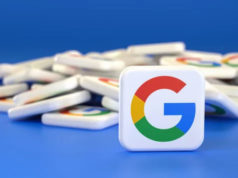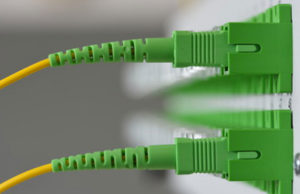NEW YORK – AOL executives announced in New York on Wednesday that their trailblazing Internet company would give away virtually every service it now offers for a monthly subscription charge, with income coming from advertising instead.
In the eyes of the plan’s supporters, this would let the company catch up with Google, Yahoo, eBay, Microsoft and other Internet media powers that have been making money in recent years by grabbing most of the fast-growing amount of ads moving to the Internet.
There’s another way to look at the proposal: As endorsed by Time Warner, AOL’s owner, it is a huge move forward for the grass-roots notion that «information needs to be free.» At least digital information does, in this libertarian view of the Internet and the world.
In addition, it is such a radical plan by one of the biggest Internet brands out there that it is likely to cement the long-term business model for Web media as ad-supported.
For consumers and those who want to see an open, global, innovative and neutral Internet, this is a good thing.
But AOL’s proposal to make video, e-mail, chat and other paying services free is about a decade overdue, according to some experts.
They predicted a long time ago that AOL would never survive as a «walled garden» Internet service, accessible only to members and only through the proprietary software that the company first gave away on floppy disk and then on CD.
AOL did survive – profitably, in fact. After it began to open up parts of its service to anyone with an Internet browser within the past couple of years through offerings on its AOL.com home page, its subscription revenue started to fall as its advertising revenue climbed. But it still made money.
Whether you love, hate or dismiss AOL as an annoying source of CD coasters, you have to give it credit for being a pioneer in Internet access and services and for introducing tens of millions of people around the world to life online since the early 1990s.
AOL led kids, parents and technophobes by the hand, giving them their first e-mail address, showing them the power of chat and more.
It also sealed the future of Internet access as «all you can eat» when it moved to that kind of monthly billing plan in the late 1990s.
It rescued the Netscape brand and browser from the punishing domination of Microsoft, giving Netscape’s open-source foundation a new home, and it made «instant messaging» a household concept, first with its «Buddy List» feature, introduced in 1996, and then by opening up its AIM service to nonsubscribers in 1997. In 1998, AOL bought the Israeli company Mirabilis and its popular ICQ chat service, cementing its lead in the chat arena.
The new plan calls for AOL to let people use its proprietary software to access the Internet free. AOL.com e-mail addresses and most of its existing information, downloads and services would also be free.
Amid intense competition for advertising, all of the big Internet players will be motivated to create new ways to attract eyeballs. This is a boost for an AOL machine that since its start has been trying to draw subscribers inside the walled garden. Now it will be able to innovate for all Internet surfers, rather than worry about what subscribers versus nonsubscribers will see.
Still, as one analyst told The New York Times last month, «AOL is a brand in search of a strategy.» Another noted that AOL had tried other revival moves before with little transformational success. «This one seems to make sense,» she said, «but so did their other strategies.»
Fuente: International Herald Tribune, Victoria Shannon

















